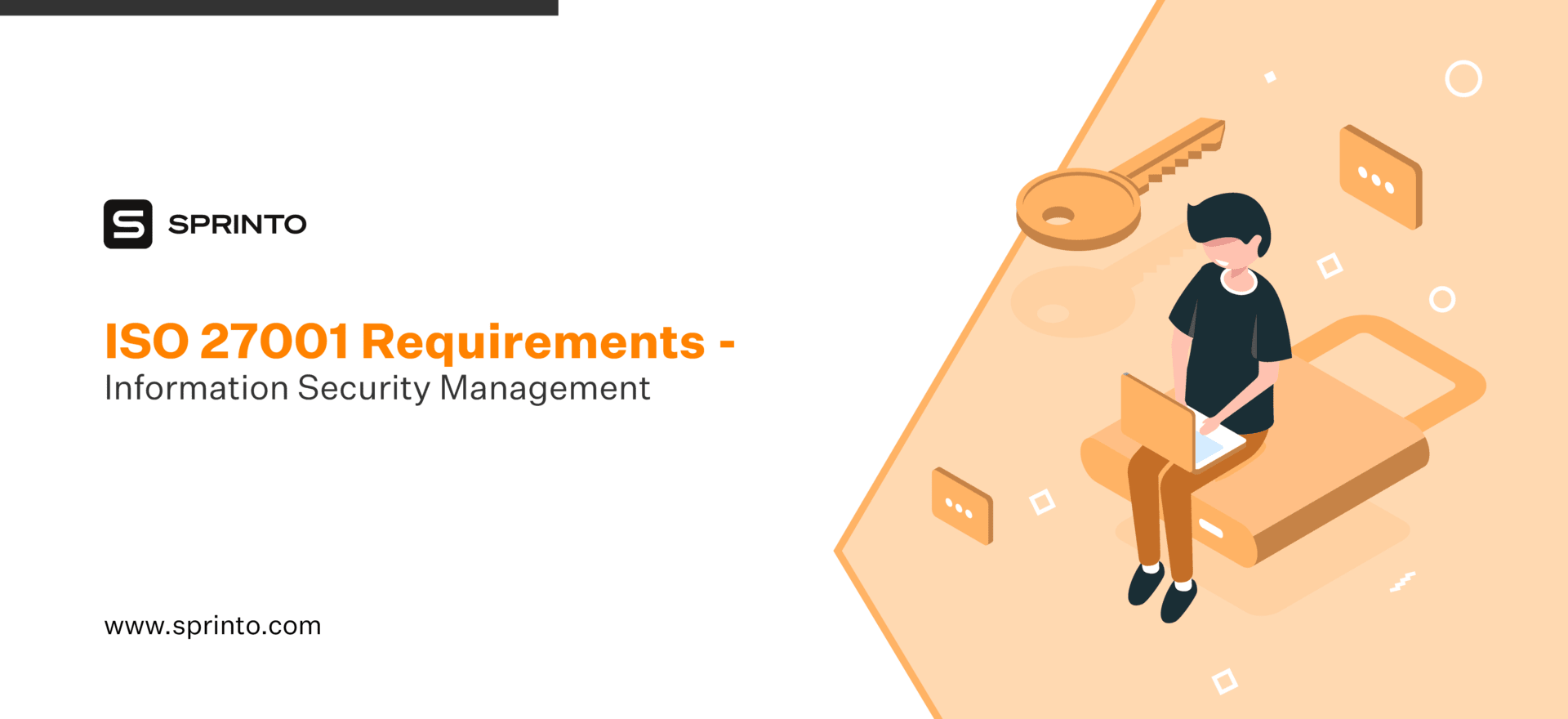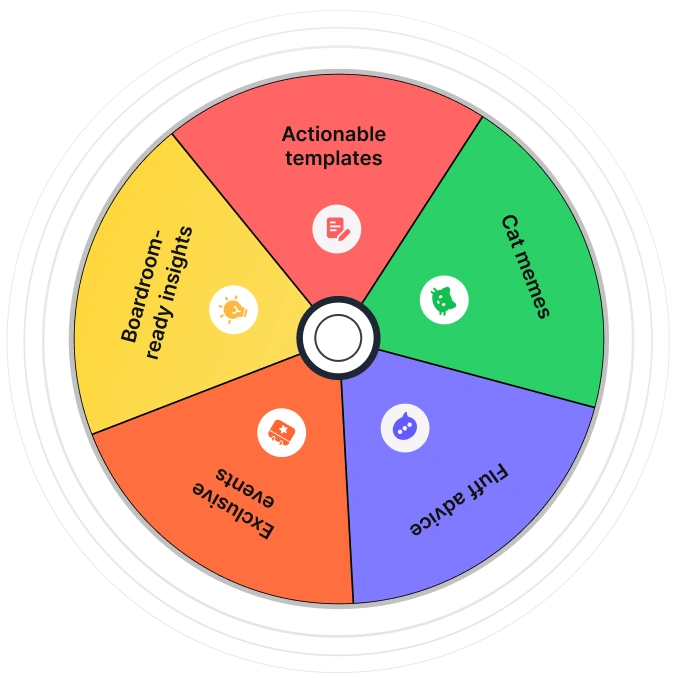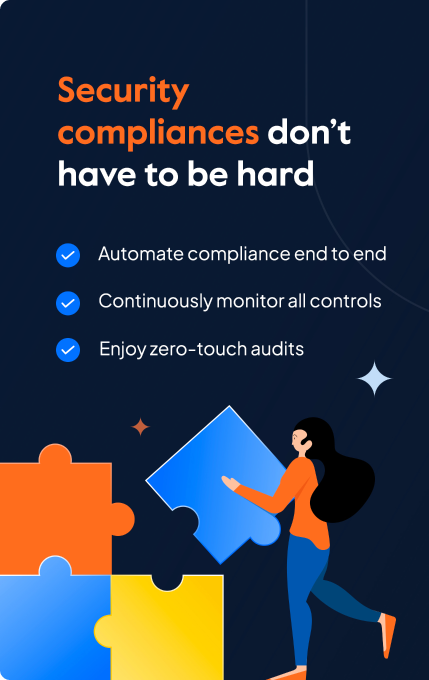Compliance with ISO 27001 requires familiarity with the standard, diligent planning, and committed implementation. To facilitate the process, you need to fulfill the necessary ISO 27001 certification requirements.
The ISO 27001 requirements guide discusses the ISMS policies and procedures you must implement to demonstrate compliance with the clauses (4-10) listed in the ISO 27001 compliance framework.
Once you’ve identified the scope of ISO/IEC 27001 security standards for your business and conducted a gap analysis to understand the areas that need to be addressed to align with the ISO 27001 requirements checklist, you then start implementing the requirements listed in the clauses. The ISO 27001 compliance requirements you implement will be tailored to your business and the scope you want to convey to your auditor before an audit.
What are the ISO 27001 requirements?
ISO 27001 requirements are a list of requisites that organizations need to implement and maintain to create a robust ISMS. The requirements include scope, leadership commitment, policies, security controls, internal audits, risk assessment, and risk management.
The requirements of ISO 27001 include implementing an adequate level of resources for the establishment, application, management, and continual improvement of the information security management system (ISMS).
With the list of ISO/IEC 27001 requirements, you’ll have a roadmap to build a comprehensive and effective ISMS to build an effective internal audit program to focus on what matters most: keeping your company information assets safe and secure and complying with the regulatory requirements.
Why do organizations need to follow ISO 27001 requirements?
To become ISO 27001 certified, it is necessary to align your ISMS (Information Security Management Systems) with the requirements of ISO 27001. These requirements aim to help organizations continuously create, maintain and improve their ISMS posture.
Also, one of the essential components of ISO 27001 implementation is conducting a gap analysis. This analysis involves comparing an organization’s current information security practices against the requirements outlined in the standard.
Check out: How Equalture got ISO 27001 compliant and increased sales velocity
List of ISO 27001 requirements
There are seven ISO 27001 requirements (clauses) listed through clauses 4-10 in the compliance framework your organization would have to become compliant with based on the scope of your ISMS.
Here is the list of ISO/IEC 27001 requirements:
Clause 4: Context of the organization
The scope sets the context you draft for ISO 27001 compliance. The scope will include information on the risks you’ve identified and the measures you implemented to mitigate unauthorized access to sensitive information.
The auditor also uses this scope during the ISO 27001 audit to understand the risks you’ve identified and implemented security measures for within the organization.
Clause 5: Leadership and commitment
Top and senior management of the organization should demonstrate ownership and commitment to compliance by participating in training programs contributing to security goals, and enabling the team with the resources required to get the job done efficiently.
Clause 6: Planning for risk management
ISO 27001 does not mandate a list of things every organization should implement to become compliant. Instead, they require organizations to tailor-make security measures and policies unique to their business to safeguard your ISMS from security incidents. Every business works uniquely; hence, the risks to maintaining the safety, confidentiality, and integrity of sensitive data vary significantly.
Also, check out: Guide to ISO 27001 risk assessment
Clause 7: Allocation of resources
ISO 27001 requires organizations to allocate resources to meet the ISO 27001 requirements. Unfortunately, most organizations misunderstand this clause and struggle to allocate full-time resources to implement and manage ISO 27001. This clause states that specific team members of your organization can take ownership of implementing security and policy requirements listed in the ISMS. And that the employees tasked with this should be given access to training resources.
Also check out: A detailed overview of ISO 27001 checklist

ISO 27001 audit!
See how Sprinto expedites
audit-preparedness to just weeks.
Clause 8: Regular assessments and evaluations of operational controls
ISO 27001 requires organizations to continuously monitor their ISMS and evaluate if the performance of the controls and policies implemented are effective. With periodic performance evaluations and security risk assessments, organizations are expected to improve their systems to meet the requirements consistently. In addition, these performance evaluations should be documented and presented as evidence during an audit to demonstrate compliance.
Experience the Sprinto advantage: Sprinto’s compliance automation will help you streamline the people, processes, and requirements you need to breeze through your ISO 27001 certification audit. It has features such as automated workflows, control mapping, training modules, and audit dashboards to put your compliance journey at ease!Read about how Sprinto helped Equature get ISO 27001 audit-ready and drastically improved its sales velocity.
Here’s a better way to evaluate controls with the help of ISO 27001 automation
Clause 9: Performance evaluation
Performance evaluations also serve as an excellent guide and framework when conducting internal audits. An external auditor uses these performance evaluations to assess whether your organization has implemented the necessary controls and policies and maps them with your ISMS scope.
Also check out: ISO 27001 audit checklist
Clause 10: Improvement & correction plan for Nonconformity(s)
Whenever there is a nonconformity in your ISMS, your organization must document that instance with reasons explaining what caused the occurrence of the nonconformity and the corrective measures implemented.
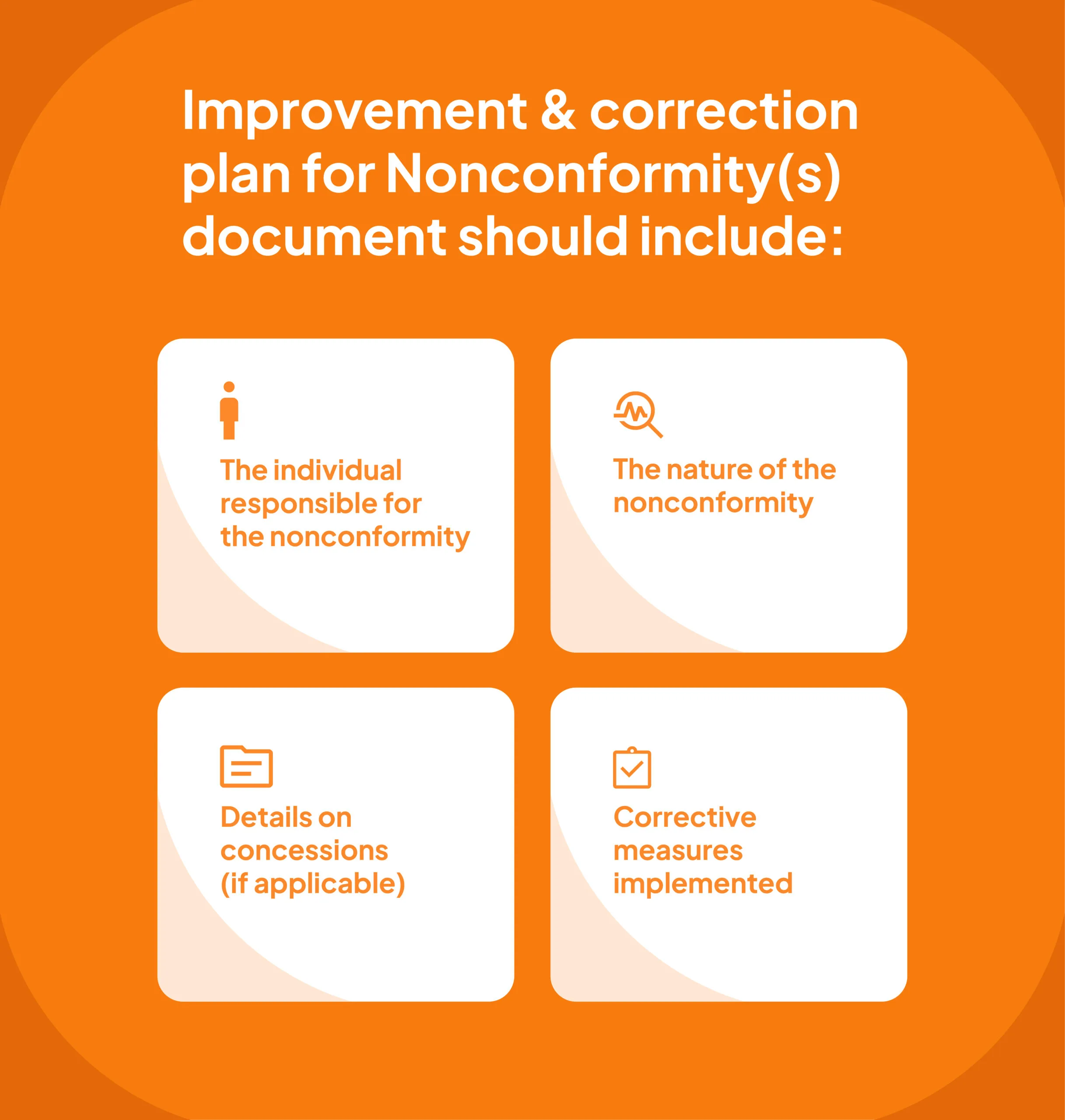
The document recorded should contain information on the following:
- The individual responsible for the nonconformity
- The nature of the nonconformity
- Details on concessions (if applicable)
- Corrective measures implemented
- Implementation of corrective action plan
Also check: How to perform gap analysis
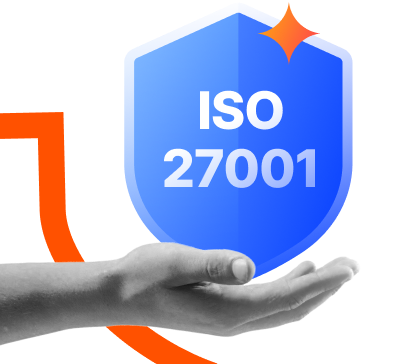
audit-ready?
Sprinto can help you get certified in
4 easy steps.
How ISO 27001 Annex A controls are related to ISO 27001 requirements?
ISO 27001 requirements list the policies and controls that an organization must implement. However, it does not offer a validating mechanism to check if the deployed controls are functioning correctly.
This is where Annex A comes in. During an audit, an auditor uses Annex A as the benchmark to measure the effectiveness of the policies and 114 controls of the ISO 27001 framework.
To make it easier for you, we have put together the complete ISO 27001 controls list. You can download the list below to effectively align your systems with the ISO requirements.
Also, check out: ISO 27001 Controls guide
What is common between ISO 27001 and ISO 9001?
ISO 27001 is an internal security standard that helps businesses deploy information management security systems (ISMS) to protect sensitive information. ISO 9001 allows organizations to continuously improve their existing products and services by implementing Quality Management Systems (QMS). While both are international standards, they differ in various aspects, but they have a few similarities listed below:
1. Maintains Compliance
Both standards require organizations to monitor their information security systems, ensure proper security measures and processes are in place, and maintain the desired efficiency level to achieve compliance with regulations.
2. Internal Audit Process
Both standards will require organizations to run internal audits and review the risk profile to assess the performance and compliance of the security management systems.
3. Corrective Measures
Both standards require organizations to implement corrective measures to achieve compliance for those areas of their business environment that record nonconformities and enable continuous improvement in fulfilling security objectives.
4. Leadership commitment
Both standards require businesses to assign owners to execute different duties of the compliance process. Therefore, the same method used to define the requirements and policies of the security aspect can be used to implement the security aspect of ISO 9001.
5. Risk assessment and awareness
While both standards are predominantly used as security standards, they require you to perform assessments of security risks to identify gaps and implement processes to bypass risks and ease your ISO certification process.
How Sprinto enables you to meet all the ISO 27001 requirements?
Sprinto is built from the ground up to include all the policies and controls required to maintain a complete compliance posture. Aspects of ISO 27001 requirements like Governance, Asset Management, and Cryptography Policies, among others, form the foundation of our guided implementation experience.
Sprinto’s smart automation facilitates fulfilling ISO 27001 compliance requirements by automating repeatable security tasks, reducing downtime, and expediting audit processes. It automates everything on your compliance checklist, monitors and eliminates possible threats, and creates an audit trail that enables you to achieve your ISO 27001 certification with ease.
Sprinto’s timebound sessions and structured onboarding program were key to success. “We missed these sessions with the other platform,” acknowledges Anurag Chutani, co-founder and CTO at Intellect.
Check out how Sprinto gave Intellect the confidence to achieve its compliance goals
FAQs
To be compliant with ISO 27001, implementing the ISO 27001 requirements is essential. This is usually done after a gap analysis. You get insights into the policies and controls you’ve already implemented and the ones yet to be done.
ISO 27001 is not a legal requirement. However, it is a globally accepted set of standards that organizations implement to demonstrate their capabilities of ensuring the security and integrity of sensitive information to their business prospects and end-users.
No, it is not mandatory to implement all 114 ISO 27001 controls listed under Annex A. You can select and implement the controls that apply to your organization based on the risk profile.
The mandatory requirements for organizations to achieve ISO 27001 certification are:
– Implementing an Information Security Management System (ISMS)
– Conducting a risk assessment
– Develop security policies and procedures
– Risk management processes for implementing controls
– Reviewing the effectiveness of the ISMS
– Communicate the ISMS to all employees and train them.
Any business or service provider who handles, processes, or transmits client data should comply with ISO 27001. Though it is not a compulsion, operating without a comprehensive security framework is increasingly getting more challenging.
Vimal Mohan
Vimal is a Content Lead at Sprinto who masterfully simplifies the world of compliance for every day folks. When not decoding complex framework requirements and compliance speak, you can find him at the local MMA dojo, exploring trails on his cycle, or hiking. He blends regulatory wisdom with an adventurous spirit, navigating both worlds with effortless expertise
Explore more ISO 27001 articles
ISO 27001 Overview & Requirements
ISO 27001 vs Other Frameworks
ISO 27001 Audit & Certification Process
ISO 27001 Management & Assessment
ISO 27001 Implementation & Automation
ISO 27001 Industry-Specific Applications
research & insights curated to help you earn a seat at the table.



